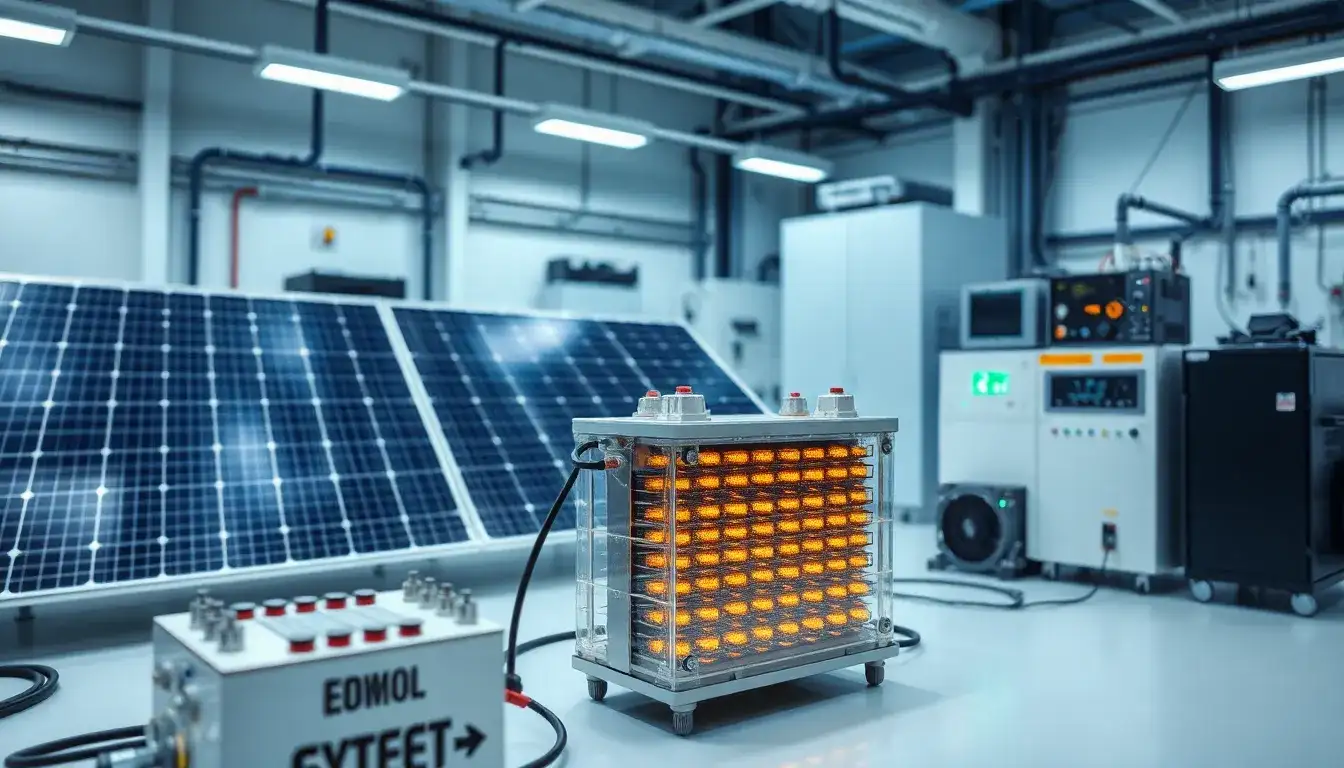
Energy Storage – The Polar Star Power Network provides content related to energy storage to help you quickly understand the latest developments in this field. To learn more about energy storage, please follow the Polar Star Power Network. The site has identified over 11,000 related results.
Hunan Huaihua County: By 2030, the total installed capacity of new energy generation is expected to reach 600,000 kW. The region supports the construction of renewable energy stations that combine wind power, solar power, and energy storage systems, planning to develop “wind-solar-storage” demonstration projects. The aim is to encourage exploration of new scenarios for the integrated development of energy storage around industrial parks, charging facilities, commercial districts, government buildings, and households.
New Energy Installed Capacity – In Hunan’s photovoltaic market, the Development and Reform Bureau of Huaihua County has addressed four core questions regarding “green electricity direct connection.” On one hand, intermittent energy sources like wind and solar present challenges for the continuity and stability of “green electricity direct connection,” which can be improved through the development of energy storage systems and smart grids. On the other hand, investors must balance the costs of new distribution lines and user-side upgrades against the additional benefits provided by “green electricity direct connection.”
The national long-distance oil and gas pipeline system exceeds 190,000 km, with the “West-to-East Gas Transmission” pipeline having supplied approximately 1 trillion cubic meters of gas nationwide.
Energy Security and Transition – Amid intensified market competition, Gansu’s 200,000 tons of lithium iron phosphate investment has been halted. Jinpu Titanium Industry announced on April 7 that it would terminate its investment plan with partners due to reduced project feasibility stemming from changing market conditions.
Recent advancements in zinc-bromine flow battery technology, particularly in electrolyte and membrane research, highlight the safety, scalability, and geographical flexibility of this storage method, making it a significant player in long-duration energy storage.
Energy Storage Market Trends – As the demand for clean energy rises, energy storage technology needs are becoming more diverse. The 136 Document has positively impacted the utilization of existing energy storage. Wind farms equipped with post-storage capabilities can maximize flexibility by accurately predicting daily power and price forecasts, thus optimizing discharge and charge windows.
Collaboration in Energy – On April 8, Great Wall Motors signed a strategic cooperation agreement with Hangzhou Yushu Technology. This partnership aims to integrate electric vehicle technologies with energy storage solutions.
The world’s first logistics site utilizing networked energy storage was recently unveiled in Shenzhen Bao’an. This facility, developed by Shenzhen Aviation Institute and Shenghong Co., offers multifunctional services including “send, store, and retrieve,” ensuring reliable energy supply through a networked energy storage system.
National Electric Power Investment Corporation has announced a re-tender for PEM hydrogen production equipment in Jiangxi, with bids due by April 28. This project is part of the hydrogen storage initiative supporting the Mianchuan wind power project.
Despite short-term challenges, lithium iron phosphate batteries remain dominant in the energy storage market. Major battery manufacturers from Japan and South Korea are expected to ramp up production lines after 2026, although they currently cannot replace domestic energy storage products.
Artisun and China Nuclear are collaborating on a 100 MW fish-solar complementary project in Jiangsu, integrating high-efficiency components and a 5 MW/10 MWh energy storage system to create a reliable energy supply network.
China Huaneng Group is committed to accelerating the integrated development of hydropower and wind-solar energy. The company aims to enhance energy security and foster new energy models tailored to local conditions.
Southern Power Grid has announced plans to increase its stake in Southern Grid Energy Storage Company by up to 400 million yuan and Southern Grid Energy Company by up to 300 million yuan within six months, reflecting confidence in the long-term stability of China’s capital markets.
In Anhui, efforts are underway to achieve a green electricity trading scale of over 12 billion kWh by 2025, focusing on advancements in photovoltaic and new energy storage technologies.
The Jinpu Green Energy project in Inner Mongolia aims to produce 25,000 tons of hydrogen annually through an electrolytic water hydrogen production facility, with plans extending from 2025 to 2027.
In summary, the current energy storage landscape is rapidly evolving, with significant investments, technological advancements, and strategic collaborations shaping the future of the industry.







